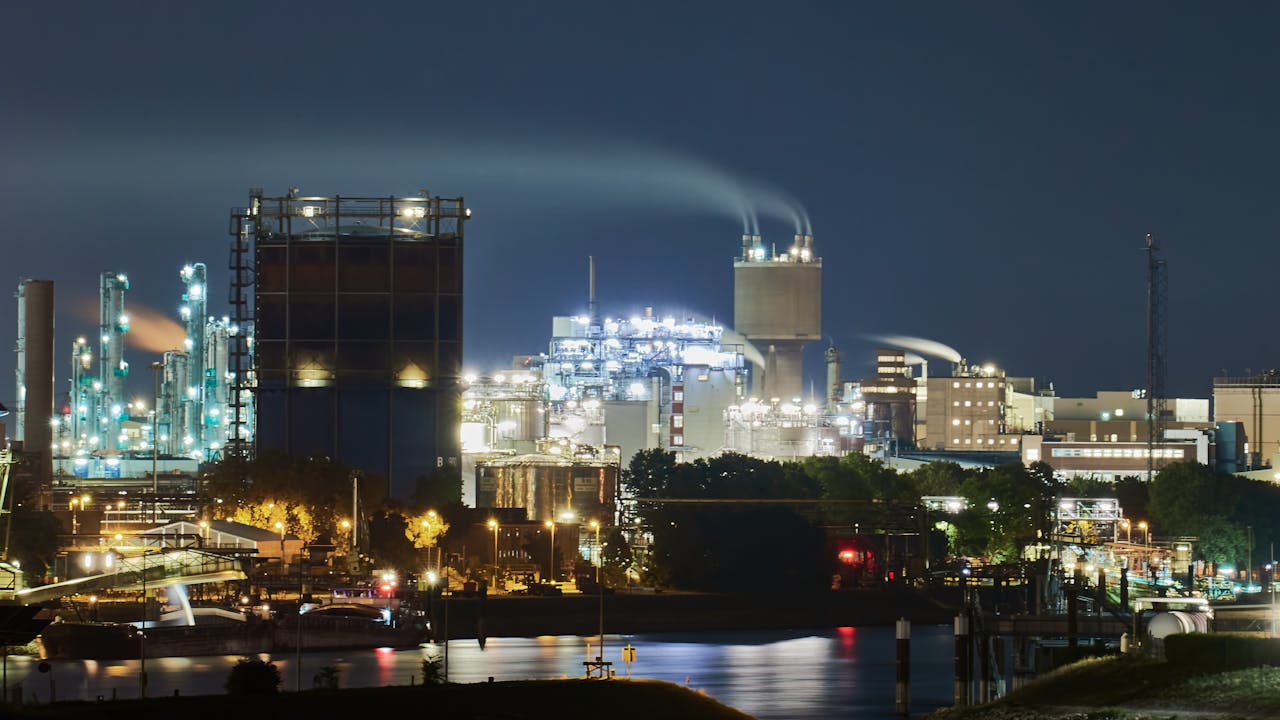
The power generation landscape is evolving rapidly, and with it comes the increasing demand for high-temperature expansion joint materials that can withstand the extreme conditions of modern power plants.
Here at Zepco, we believe that this shift isn’t just about keeping up with technology—it’s about revolutionizing how we approach plant efficiency and safety.
The Evolution of Power Plant Technology
Today’s power plants operate at temperatures and pressures that would have been unimaginable just a few decades ago. As these facilities push the boundaries of energy production, traditional expansion joints are no longer sufficient to meet their demands.
The integration of advanced high-temperature expansion joint material has become crucial for maintaining optimal performance and preventing costly shutdowns.
Understanding the Temperature Challenge
Modern power plants face unprecedented thermal challenges. With operating temperatures frequently exceeding 1000°F (538°C), the need for expansion joints that can handle extreme heat while maintaining structural integrity has never been more critical. These temperatures can cause standard materials to degrade rapidly, leading to potential safety hazards and efficiency losses.
The Role of Advanced Materials in Modern Power Generation
Advanced expansion joint materials like high-grade alloys and composite materials are revolutionizing how power plants manage thermal stress. These materials offer superior resistance to thermal cycling, chemical exposure, and mechanical stress, making them ideal for modern power generation facilities.
Safety and Reliability Improvements
The implementation of high-quality expansion joints significantly enhances plant safety. These advanced materials reduce the risk of sudden failures, gas leaks, and other potential hazards that could compromise worker safety and plant operations. The improved reliability means fewer emergency shutdowns and more consistent power generation.
Economic Benefits of Advanced Materials
While the initial investment in premium high-temperature expansion joint material may be higher, the long-term benefits far outweigh the costs. Power plants are discovering that these advanced materials offer:
Extended Service Life
Modern expansion joints can last up to three times longer than traditional alternatives, reducing replacement frequency and associated labor costs.
Reduced Maintenance Requirements
Advanced materials require less frequent inspection and maintenance, lowering operational expenses and minimizing downtime.
Enhanced Operational Efficiency
Better-performing expansion joints contribute to improved overall plant efficiency, resulting in significant energy savings over time.
Environmental Impact and Sustainability
Modern expansion joints play a crucial role in environmental compliance. By providing better sealing and improved performance, these materials help reduce emissions and improve the ecological footprint of power generation facilities. This alignment with sustainability goals is becoming increasingly important in today’s regulatory environment.
Installation and Maintenance Considerations
Proper installation and maintenance protocols are crucial for the success of implementing advanced expansion joints. Professional installation ensures optimal performance, while regular monitoring helps prevent unexpected failures and extends service life.
Future Trends and Innovations
The power generation industry continues to evolve, and the expansion of joint technology is keeping pace. Manufacturers are developing new high-temperature expansion joint material compositions that offer even better performance characteristics, including:
- Enhanced temperature resistance
- Improved chemical compatibility
- Better flexibility and movement absorption
- Increased durability under extreme conditions
Making the Transition
For power plants considering the switch to advanced expansion joints, the process requires careful planning and expertise. Working with experienced manufacturers and installers ensures a smooth transition and optimal results.
Invest in Quality Joint Solutions With Zepco
Ready to elevate your power plant’s performance with state-of-the-art expansion joint solutions? Contact Zepco’s engineering team for a personalized consultation and discover how our advanced high-temperature expansion joint material can transform your facility’s efficiency and safety standards.
Let’s power up your future together—reach out today by calling +1-864-428-8243 for a comprehensive assessment of your expansion joint needs.
